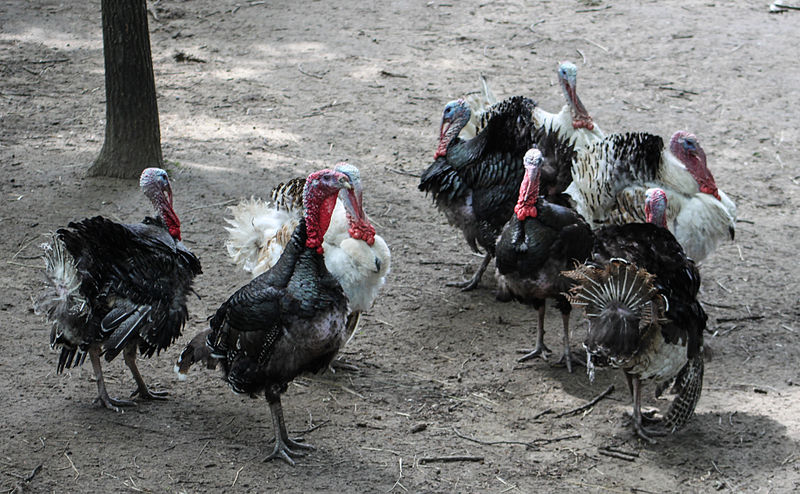The United States Department of Agriculture’s (USDA) Animal and Plant Health Inspection Service (APHIS) has confirmed the presence of highly pathogenic H7N8 avian influenza (HPAI) in a commercial turkey flock in Dubois County, Indiana.

This is a different strain of HPAI than the strains that caused the 2015 outbreak. There are no known cases of H7N8 infections in humans. As a reminder, the proper handling and cooking of poultry and eggs to an internal temperature of 165 ˚F kills bacteria and viruses, including HPAI.
Samples from the turkey flock, which experienced increased mortality, were tested at the Indiana Animal Disease Diagnostic Laboratory at Purdue University, which is a part of USDA’s National Animal Health Laboratory Network, and confirmed by USDA this morning. APHIS is working closely with the Indiana State Board of Animal Health on a joint incident response. State officials quarantined the affected premises and depopulation of birds on the premises has already begun. Depopulation prevents the spread of the disease. Birds from the flock will not enter the food system.
As part of existing avian influenza response plans, Federal and State partners are working jointly on additional surveillance and testing in the nearby area. The rapid testing and response in this incident is the result of months of planning with local, state, federal and industry partners to ensure the most efficient and effective coordination. Since the previous HPAI detections in 2015, APHIS and its state and industry partners have learned valuable lessons to help implement stronger preparedness and response capabilities. In September, APHIS published a HPAI Fall Preparedness and Response Plan that captures the results of this planning effort, organizing information on preparatory activities, policy decisions and updated strategy documents.
The United States has the strongest AI surveillance program in the world, and USDA is working with its partners to actively look for the disease in commercial poultry operations, live bird markets and in migratory wild bird populations.
Related:


2 thoughts on “Bird flu confirmed in Indiana turkey flock”